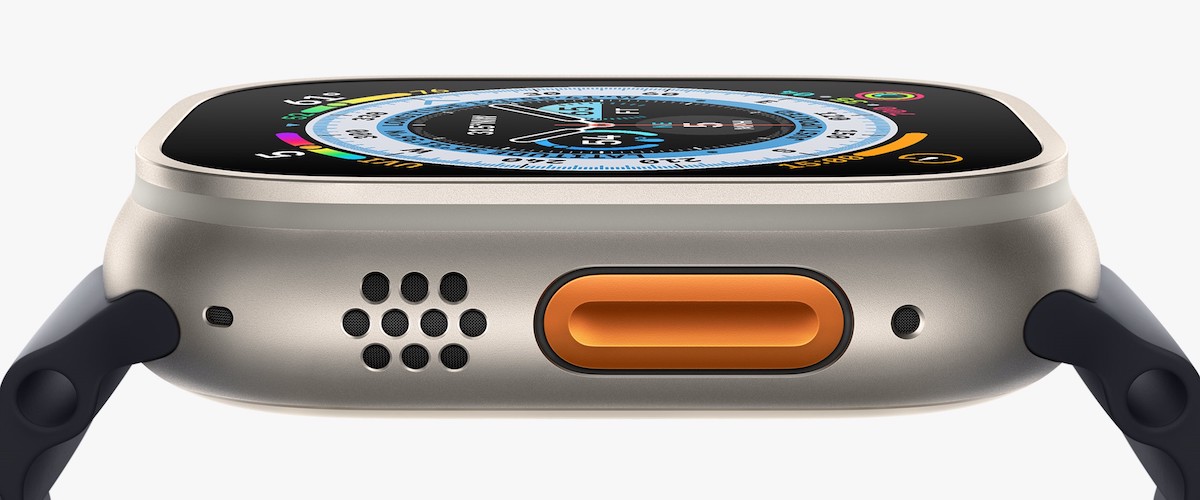
Apple Spinning Up Its Own Micro LED Display Production In Taiwan: Report
May 23, 2023 by Dave Haynes
Apple is getting directly involved in the development and manufacturing of micro LED displays, but the tech giant’s focus will be on small screens, not big video walls.
Nikkei Asia is reporting that the Silicon Valley-based company has R&D facilities in Taiwan, and a partner team that includes LG and semiconductor giant TSMC, working on production processes that would result down the road in super-fine high resolution displays for products like smartphones and wearable devices.
Apple has both acquired and built a big patent portfolio in micro LED and has, according to Nikkei Asia, invested at least $1 billion over the last 10 years on the technology that enables reliable, affordable production of arrays of microscopic-level light emitters. Arguably the biggest hurdle that needs to be cleared by micro LED manufacturers is developing the processes and equipment to mass transfer 1,000s of these light emitters, at once, to substrates, with absolutely minimal or no flaws.
Conventional LED display manufacturing uses high-speed robotics to pick and place LED packages. It looks blindingly fast to observers, but those machines would take weeks or months to populate a video wall-sized display using that process.
While this development has little to nothing to directly do with digital signage, it means the world’s most valuable company – and most recognized and respected brands – is mainstreaming a technology that is still mostly just the chatter of display nerds. Micro LED has been a discussion point in digital signage circles for a few years now, but probably the two biggest discussion points have been whether the product touted was Micro LED even met the technical definition, and just who were buyers for these super-premium video walls or super-sized home theater TVs.
Solving the mass transfer challenge is widely seen as the thing that will see super-bright, energy-efficient displays find their way into larger formats and enable things like displays embedded in surfaces and be truly transparent in glass.
Nikkei Asia suggests “Apple is getting involved in the mass production of next-generation displays to lessen its reliance on rival Samsung and increase its own control over the supply of a key component … ”
Taking a hands-on approach to production is a stark contrast to the iPhone maker’s usual approach of providing display makers with screen specifications and leaving the actual production to them.
Apple has spent heavily on the development of micro-LED displays over the past decade and once production starts, it intends to perform the critical “mass transfer” step of the manufacturing process itself, according to sources involved in the project.
Micro-LED displays are less power-hungry and can be made thinner than organic light-emitting diode (OLED) displays, the current state-of-the-art technology. They also offer better outdoor brightness performance and can be used on curved or foldable surfaces, according to people in the industry.
The mass transfer step involves moving at least tens of thousands of tiny micro-LED chips onto substrates. This process will be carried out at Apple’s secretive R&D facilities in the Longtan District in the northern Taiwanese city of Taoyuan, according to multiple people with direct knowledge of the project.
Displays are one of the most expensive components in all of Apple’s devices. Since the American company first introduced OLED displays on its iPhone in 2017, its reliance on Samsung Display for the screens has only grown. To reduce that dependence and gain price-bargaining power, Apple tried to bring in other suppliers, namely LG Display and China’s display champion BOE Technology, but they lag the South Korean leader in terms of technology and quality stability, according to multiple sources familiar with the situation.
“Apple has spent at least $1 billion on the R&D and samples for micro-LED technologies in the past nearly 10 years,” said one of the people who has been directly involved in the project for years. “It wants to secure more control over the next-gen display technologies for its future products.”
Micro-LED chips are at least 100 times smaller than the components used in LED lighting products and one production method involves fabricating them directly on wafers. For the project, Apple is partnering with suppliers like ams-Osram for micro-LED components, LG Display for the substrates — also called backplates — and Taiwan Semiconductor Manufacturing Co. for 12-inch wafers.
In addition to designing the driver integrated circuits for the micro-LED screens, Apple even designed some of the production equipment itself to better control the mass transfer process, according to two of the people with direct knowledge of the matter.
Many of the largest display manufacturers – Sony, then Samsung, LG and others – have been marketing video wall products that I tend to describe as microLED-ish – with varying opinions out in the display community on whether the products meet the technical definition (and I’m not sure end-user/buyers care). Interestingly, a company known more for software and solutions for digital signage will probably be the first to manufacture and sell true micro LED displays, with STRATACACHE will along, I am told, in spinning up a micro LED factory near Eugene, OR.



Leave a comment